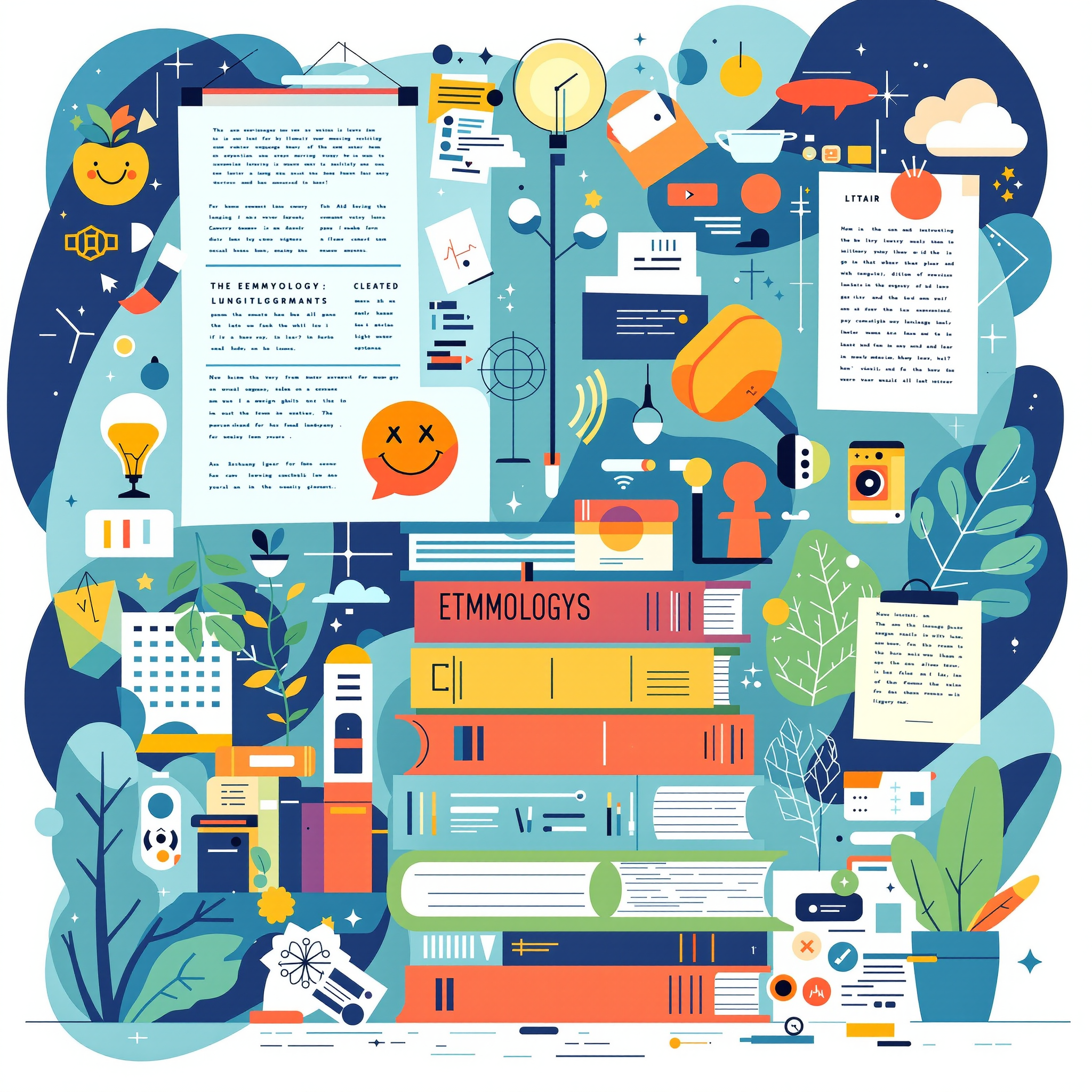Immersion and Active Use Strategies
Advanced learners prioritize immediate application over theoretical knowledge. These immersion techniques create necessity-driven learning that mimics natural acquisition environments.
🎯 Speak-From-Day-One Philosophy
⚡ Efficiency Maximization Techniques
"Busy Time" Integration
Use commutes, exercise, and routine activities for passive input through podcasts, music, and audiobooks. Transform dead time into learning opportunities.
Micro-Learning Sessions
Utilize 5-10 minute gaps for vocabulary review, pronunciation practice, or quick conversations. Frequency trumps duration for memory consolidation.
Input-Heavy Strategic Approaches
Advanced learners understand that massive comprehensible input forms the foundation of fluency. This approach prioritizes understanding before production, building intuitive language sense.
📚 Massive Input Strategy
Consume enormous quantities of comprehensible content before focusing on output production. This builds intuitive understanding of grammar, vocabulary, and natural expression patterns.
Input Progression Framework:
🔄 Parallel Text Techniques
Familiar Story Method:
Bilingual Reading:
Optimization and Meta-Learning
🧠 Memory Palace and Mnemonic Systems
Advanced learners leverage memory science to accelerate vocabulary acquisition and retention. These techniques create lasting associations that traditional repetition cannot match.
Memory Palace Method:
- • Associate vocabulary with familiar locations
- • Create vivid, emotional mental images
- • Use consistent routes through your palace
- • Review by mentally walking the route
Cross-Language Mnemonics:
- • Link sounds to familiar words or concepts
- • Create story chains connecting multiple words
- • Use visual and auditory association simultaneously
- • Adapt techniques across multiple languages
📈 High-Frequency Priority Learning
Strategic Word Selection:
Focus intensively on the most useful vocabulary for immediate communication needs. The top 1000 words cover approximately 75% of spoken communication.
Phrase-Based Learning:
Learn vocabulary within common phrases and collocations rather than isolated words. This approach builds natural expression patterns and reduces translation thinking.
Multi-Language and Integration Strategies
🌐 Polyglot Progression Techniques
Advanced polyglots leverage linguistic similarities and build upon existing knowledge to accelerate acquisition of additional languages through strategic sequencing.
Language Family Clusters:
Simultaneous Learning Strategy:
Begin new languages before achieving perfect mastery of previous ones. The brain's language learning mechanisms strengthen with use, making subsequent languages easier to acquire.
🧪 Meta-Learning and Self-Analysis
Personal Learning Pattern Recognition:
- • Track which methods yield fastest vocabulary retention
- • Identify optimal study times and durations for your brain
- • Recognize your most effective input types (visual, auditory, kinesthetic)
- • Monitor motivation patterns and design sustainable systems
Cross-Language Transfer Skills:
- • Apply successful techniques from previous languages
- • Use polyglot communities for advanced strategy sharing
- • Develop language-independent learning skills
- • Build confidence through accumulated success patterns
Mindset and Community Integration
🎯 Intrinsic Motivation Cultivation
Advanced learners maintain motivation through deep personal connection to their "why" and focus on communication enjoyment over academic perfection.
Core Motivation Anchors:
🤝 Polyglot Community Engagement
Advanced Learning Communities:
Connect with polyglot communities online and offline for advanced strategy sharing, motivation, and accountability beyond beginner-level support groups.
Teaching and Mentorship:
Teaching others solidifies your own knowledge while contributing to the learning community. Mentor beginners in languages you've mastered to reinforce your expertise.
Advanced Learner Implementation Plan
Assess Current Systems
Analyze what's working, identify inefficiencies, and optimize your approach
Implement Input-Heavy Phases
Prioritize massive comprehensible input before intensive output practice
Optimize Memory Techniques
Apply memory palaces, mnemonics, and spaced repetition systematically
Build Polyglot Mindset
Develop meta-learning skills and connect with advanced learning communities

